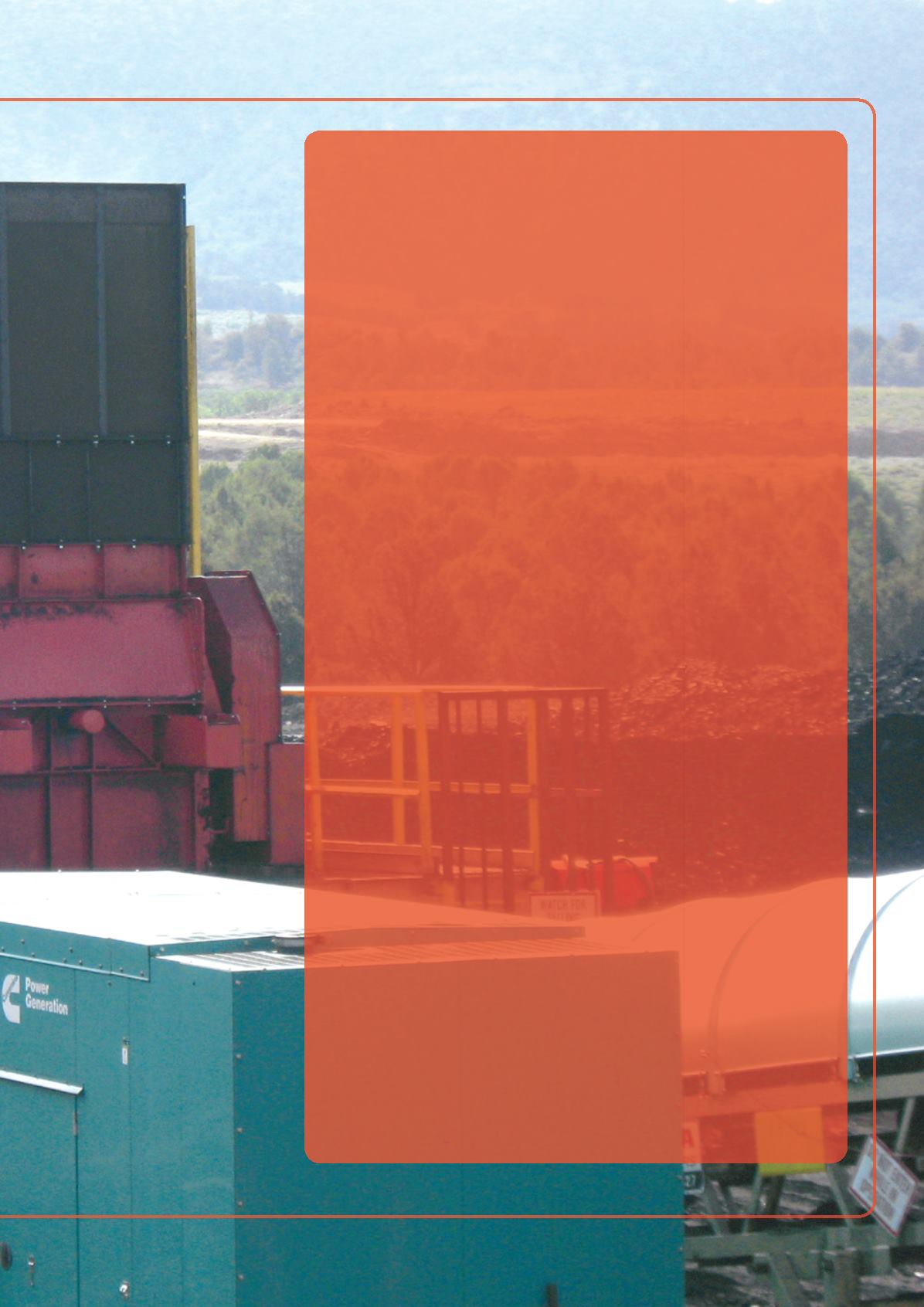
July 2015
|
World Coal
|
39
Geordie Edmiston, McLanahan, USA,
outlines factors to consider when selecting the
proper roll crusher for an application and how these
factors can influence the crusher selection process.
W
hen selecting the proper roll type crusher for an application, one
must fully consider all the components of the crushing process
to properly select the correct crusher for the job. There are
numerous factors to be considered, such as the material to be
crushed, feed size, product size, ratio of reduction, capacity, compressive strength,
moisture content, amount and type of refuse present in the feed, and the definition
of fines and if minimising fines generation is beneficial. All of these factors – and
possibly others – should be considered so that the proper crusher is selected for the
application.
Identifying material properties
The material to be crushed plays a major role in proper equipment selection.
Consideration needs to be given to the friability or grind of the material, which is
typically referred to as the Hardgrove Grindability Index (HGI), the hardness in
compressive strength (psi) and other factors such as moisture and abrasiveness.
When selecting a crusher, one should ask questions, such as:
n
Is the feed material a tacky, clay-type material that requires more of a
shearing/tearing action?
n
Is it friable where compression crushing is applicable?
n
Is it a hard material that requires impact?
If material is hard, shock loading may occur, and therefore special consideration
needs to be given to the crusher design and drive configuration. Some materials are
considered too hard for roll crushers and may need to be tackled by a jaw, impactor
or gyratory. Hence, the material characteristics determine the duty class of the
equipment to ensure that the crusher is competent for the intended application.
Feed and final product size
Once the material is known, one of the primary factors to consider is the feed size.
The top size of the feed material, along with the required product setting, must be
considered when properly selecting the roll diameter and width. The roll diameter
has to be sized correctly to provide an adequate angle of nip (Figure 1). This angle
of nip ensures that the crusher has the ability to grab the feed material and pull it
into the crushing zone without delay. If the roll diameter is insufficient in this
regard a few issues begin to occur, most notably loss of capacity and accelerated
wear of the crushing elements. If the angle of nip is insufficient, it can lead to the
feed material riding on top of the rolls while the crusher is attempting to grab and
process the material. When this happens, material flow is inhibited and the
throughput capacity of the crusher is diminished, which may result in material
backing up and plugging the feed chutes. Also, as the material rides on top of the
crushing rolls, it acts as a grinding agent, accelerating the wear of the crushing
elements.
The width of the crusher must also be considered when taking into account the
feed size. Selecting a crusher that is too narrow compared to the size of the


